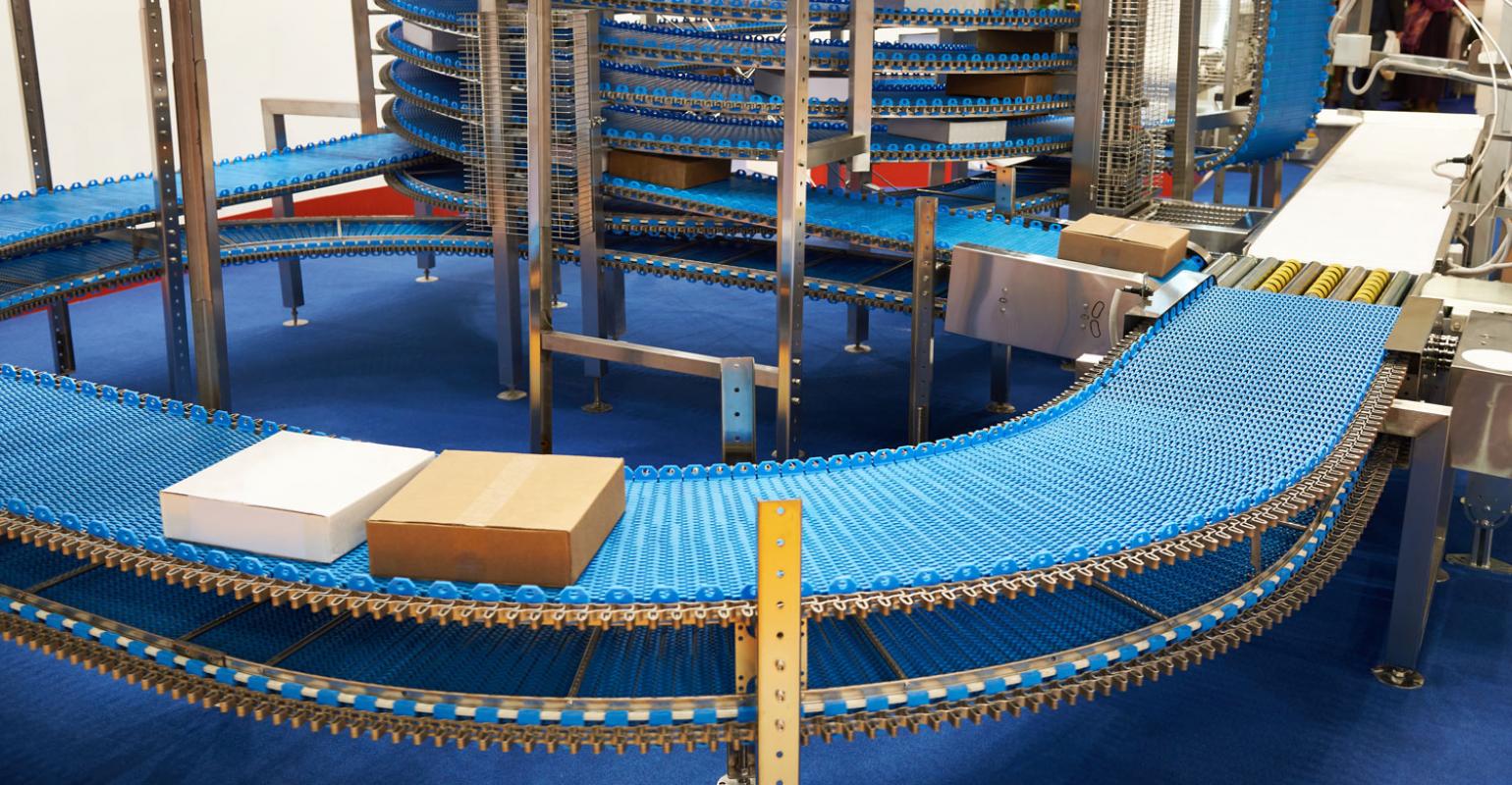
It contains an artificial material called EP. The lengthwise or warp threads of this material are made from polyester, and the crosswise or weft threads are polyamide. This textile guarantees high tensile-strength to weight proportion, exceptional versatility, and outstanding troughing features, in addition to reduced prolongation and high resistance to effect as well as chemicals.
In addition to that,it can provide a range of market-specific material kinds such as polyester in both warp and weft, as well as, polyamide in both warps as well as weft, as well as various weave types. These can be crowfoot weave (CFW) or straight warp weave which offer boosted impact and slitting resistance. The solitary resource for textile belts provides a wide variety of conveyor belts. Based on greater than 100 years of experience in development, production and applications knowledge, textile machine belts and conveyor systems are made to meet details end-user demands for high performance and cost-efficiency.
Made with the Help of Modern Technology
Internal quality assurance the textile-reinforced belts are produced with modern technology to guarantee optimal cost performance proportions, as well as every belt fulfills the stringent requirements of the quality control system.
Skim coat layer of rubber scaled to:
- Supply ideal adhesion with support.
- Transmit and distribute stress between plies of reinforcement.
- Absorb and disperse tension generated by the effect.
The polymer that is used for the cover varies with the buildings required, e.g., styrene-butadiene or natural rubber are made use of for abrasion resistance, styrene-butadiene, butyl or ethylene/propylene rubber for warmth resistance, styrene-butadiene or chloroprene rubber for flame resistance, chloroprene or nitrile rubber for oil resistance. Cleats or patterned surface area are required for likely belts. Cover thickness depends upon the attributes of the carried product and on loading conditions. The textile-reinforced belts cover a broad range of applications.




